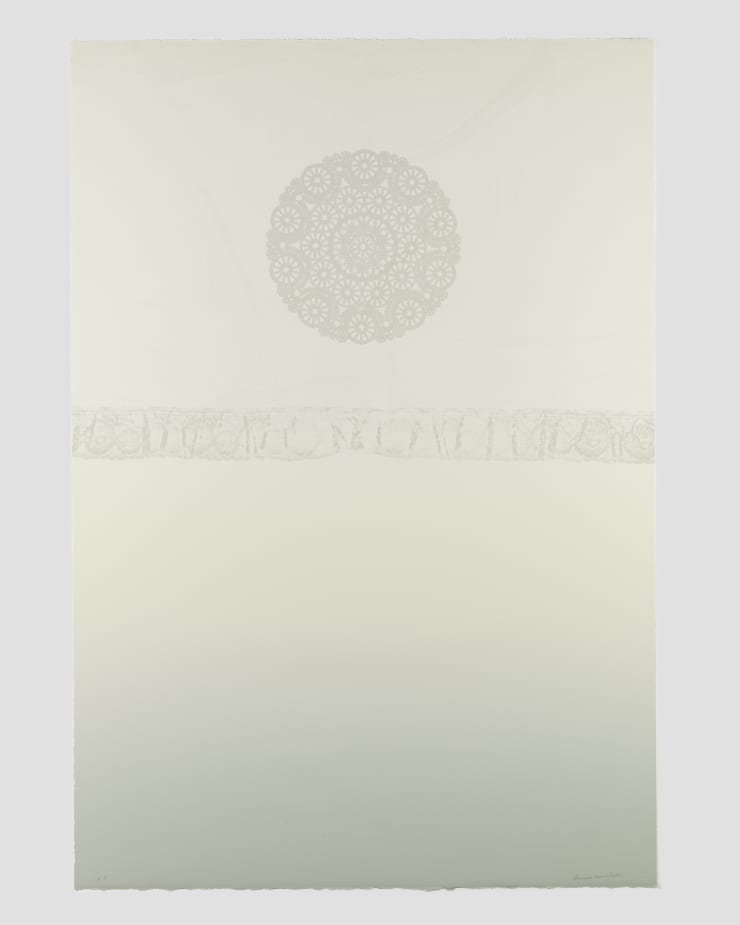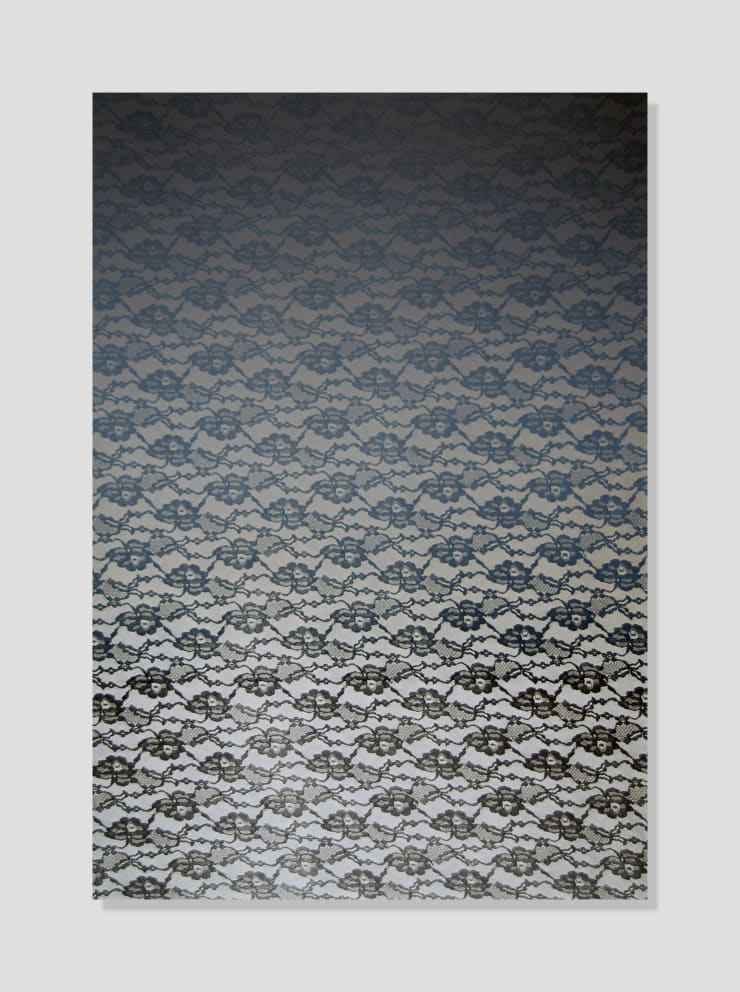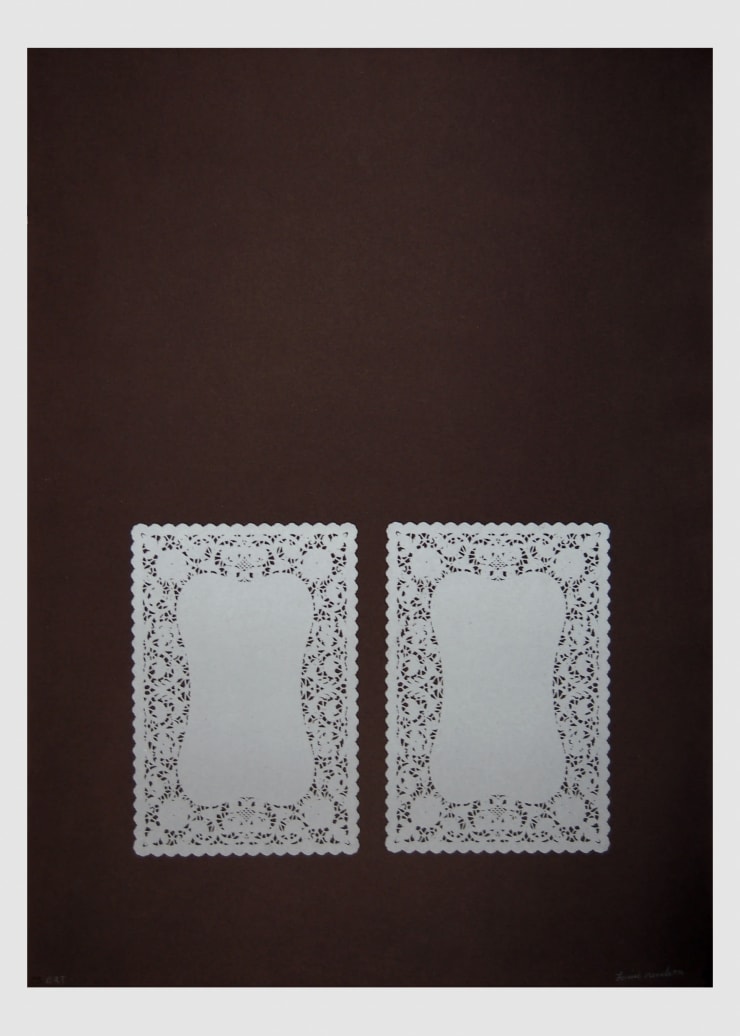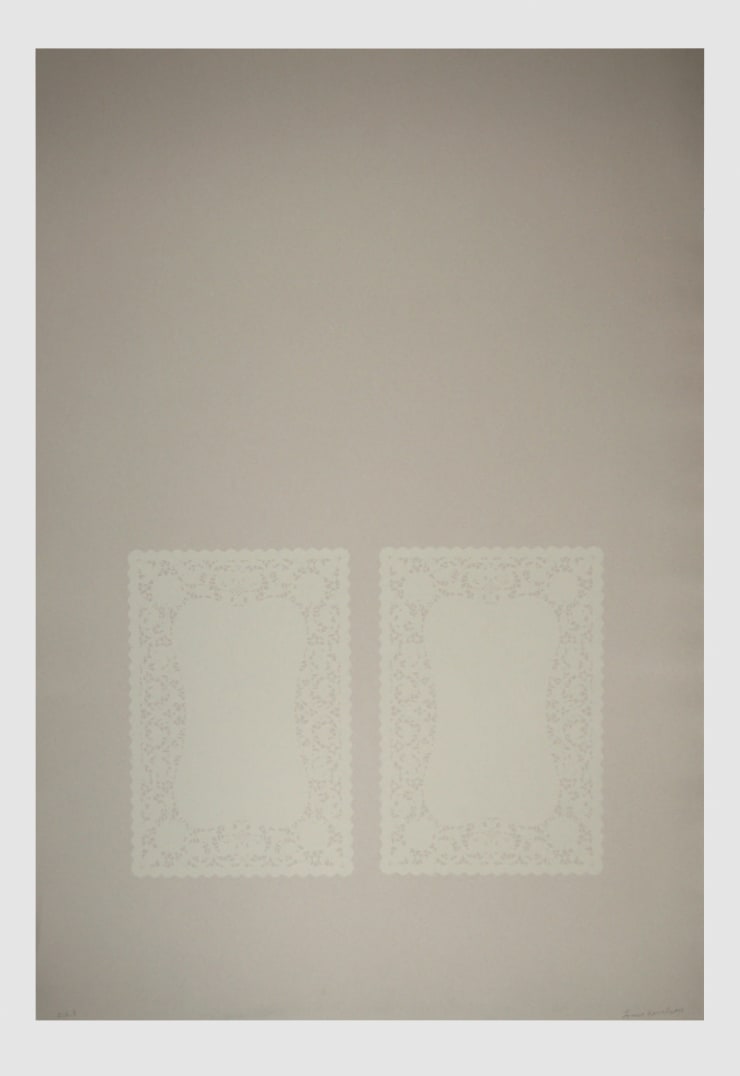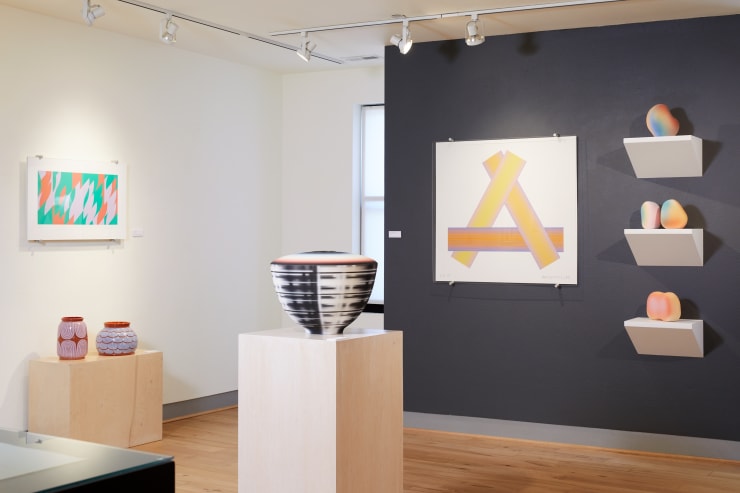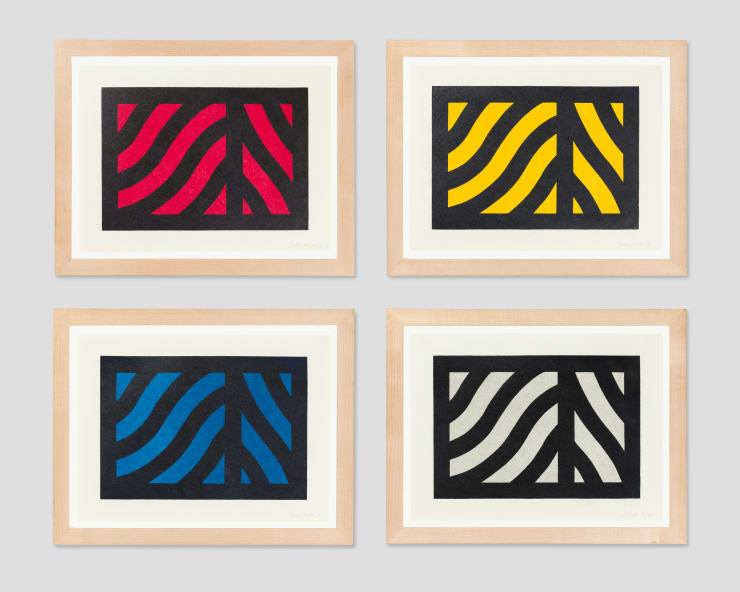Louise Nevelson
Louise Nevelson (1899-1988, Russia) is an important figure in 20th-century American art for her experimentation with monochromatic assemblage sculptures. The artist’s practice was rooted in Abstract Expressionism, Cubism and Constructivism, but her work in sculpture, collage, paint and print defined her own visual language. The artist’s work often balanced subtle shifts in color and texture with bold forms and scale.
Nevelson was born in Russia (present-day Ukraine), but her family emigrated to Maine a few years after her birth during the political revolution. The artist studied at the Art Students League of New York in the 1930s. Like many other artists of this time, she was employed by the Works Progress Administration, first assisting Diego Rivera on his mural Portrait of America, and later teaching at the Educational Alliance School of Art. In 1959, Nevelson participated in her first important museum exhibition, Sixteen Americans, at the Museum of Modern Art (New York). She was included in the 1962 Venice Biennale and her first major museum retrospective took place in 1967 at the Whitney Museum of American Art (New York). Today, her works are held in the collections of the Tate (London), Museum of Modern Art (New York), Art Institute of Chicago and Walker Art Center (Minneapolis), among numerous other large public and private collections.
-

Spectrum
Spring Print & Ceramics Showcase 9 Apr - 28 May 2021Collections collide in this exhibition featuring selections from Zane Bennett Contemporary Art and our sister gallery, form & concept . The display of prints and ceramics is co-curated by Director...Read more -

Women in Print
25 Sep - 23 Dec 2020Women in Print tells the often-overlooked story of female-founded print workshops, which kickstarted an American printmaking renaissance in the 1960s in 1970s that continues today. Prior to the 1960s, printmaking...Read more -

Chromo
Annual Winter/Spring Print Show 31 Jan - 4 Jul 2020El Anatsui, Mel Bochner, Helen Frankenthaler, Sam Gilliam, Sol LeWitt, Mark Mulroney, Bruce Nauman, Louise Nevelson, Mimmo Paladino, Hayal Pozanti, Robert Rauschenberg, Bridget Riley, Ed Ruscha, Jonas Wood at Zane Bennett Contemporary ArtRead more -

Stitched Ink
25 Jan - 23 Mar 2019Printmaking at its core is a labor-intensive and highly collaborative process. The medium’s ability to reproduce images and capture unique visual qualities has influenced numerous creative fields, from graphic design...Read more
-

Spectrum Series, Pt. 3
MICHAEL DICKEY & LOUISE NEVELSON April 16, 2021Discover conceptual and aesthetic connections between lithographs by Louise Nevelson and ceramics by Michael Dickey in this curatorial conversation from Zane Bennett Gallery.Read more -
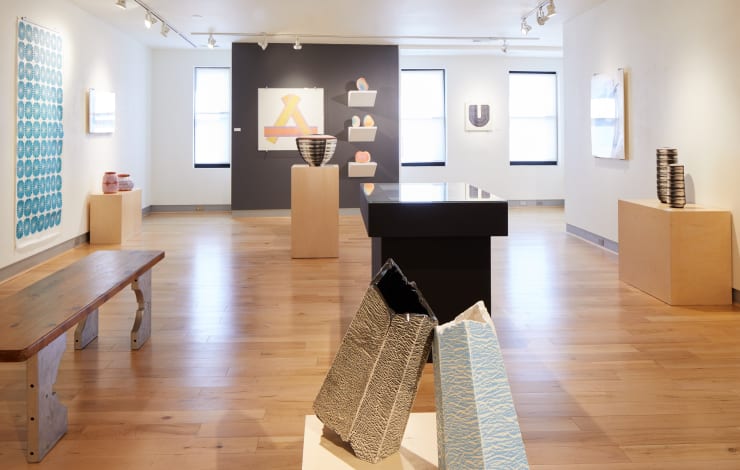
Spectrum Series, Pt. 1
Introduction April 9, 2021Read an introduction to Spectrum, a cross-disciplinary exhibition of prints and ceramics presented by Zane Bennett Contemporary Art and Form & Concept Gallery. Gallery Director Jordan Eddy and Print Curator Kylee Aragon Wallis discuss the show and its themes.Read more -
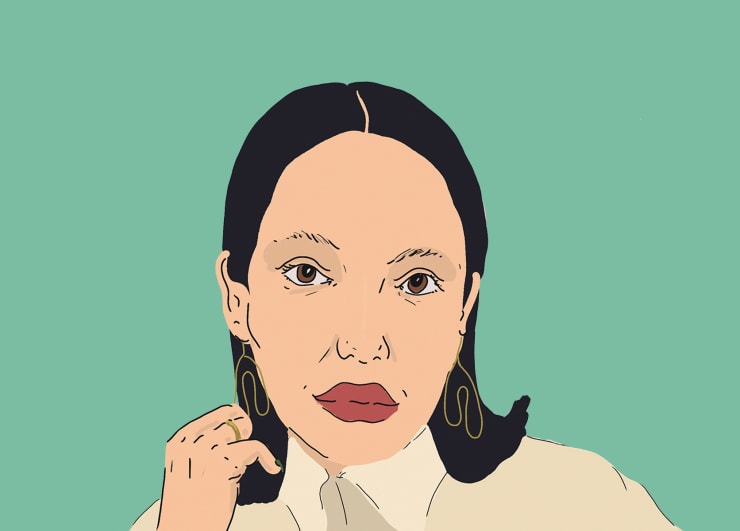
Top Picks | Women's History Month
March 5, 2021'If you ask someone walking past you on the street or even in an art gallery to name five male artists, the response will be...Read more

